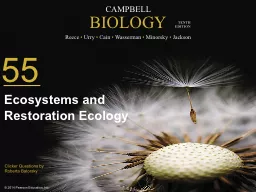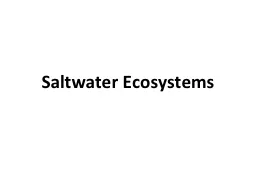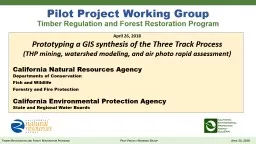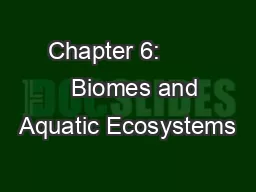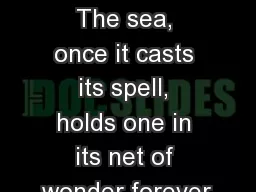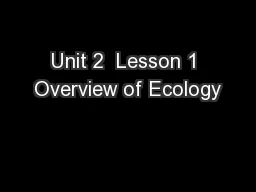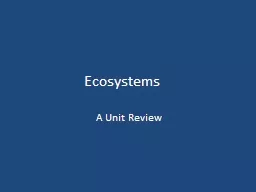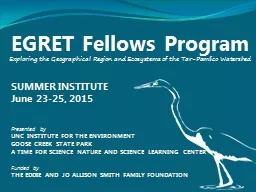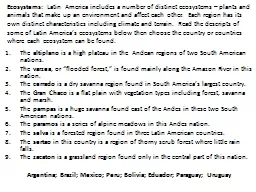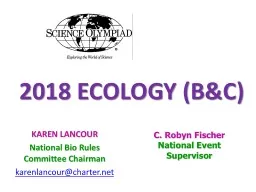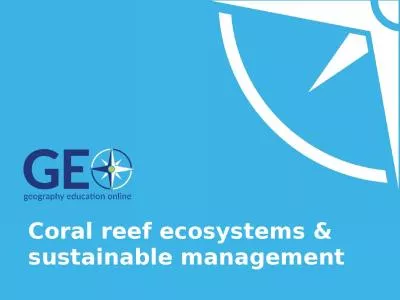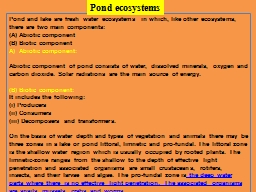PPT-0 Ecosystems and Restoration Ecology
Author : briana-ranney | Published Date : 2016-06-27
Unlike energy matter cycles This means that an ecosystem cannot lose chemicals from it ecosystems can acquire chemicals that are used up from other ecosystems when
Presentation Embed Code
Download Presentation
Download Presentation The PPT/PDF document "0 Ecosystems and Restoration Ecology" is the property of its rightful owner. Permission is granted to download and print the materials on this website for personal, non-commercial use only, and to display it on your personal computer provided you do not modify the materials and that you retain all copyright notices contained in the materials. By downloading content from our website, you accept the terms of this agreement.
0 Ecosystems and Restoration Ecology: Transcript
Download Rules Of Document
"0 Ecosystems and Restoration Ecology"The content belongs to its owner. You may download and print it for personal use, without modification, and keep all copyright notices. By downloading, you agree to these terms.
Related Documents

